Research Reports from the Department of Operations
Document Type
Report
Publication Date
1-5-2015
Abstract
The nine major independently conducted forecasts of doctoral degree production for the 1970's shared a consistently high bias, although one was quite accurate. In this paper we compare the forecasting models based upon these results and discuss the implications for long-range forecasting. We show that the bias was mainly due to a common core assumption (exemplifying "assumption drag") that students would pursue degrees at clo-se to the existing rates in spite of decreasing traditional demand for graduates. The results also indicate the value of simple models and eclectic forecasting methods, the desirability of robust causal models and dangers of extrapolative methods (especially with insufficient historical data) when structural changes are anticipated, the usefulness of current expert opinion, the inappropriateness of intentions surveys for time horizons longer than the lead time needed for significant change, and the importance of physical/economic limitations and principles (such as substitution effects and interactions between supply and demand) in developing long-range forecasting models. [Published circa 1988-1990.]
Keywords
Operations research, Education--Forecasting, Forecasting--Methodology, Educational planning--United States, Expert systems (Computer science), Doctoral students--United States
Publication Title
Technical Memorandums from the Department of Operations, School of Management, Case Western Reserve University
Issue
Technical memorandum no. 662
Rights
This work is in the public domain and may be freely downloaded for personal or academic use
Recommended Citation
Pollack-Johnson, Bruce; Dean, Burton V.; Reisman, Arnold; and Michenzi, Alfred R., "Predicting Doctorate Production in the USA: Some Lessons for Long-range Forecasters" (2015). Research Reports from the Department of Operations. 419.
https://commons.case.edu/wsom-ops-reports/419

